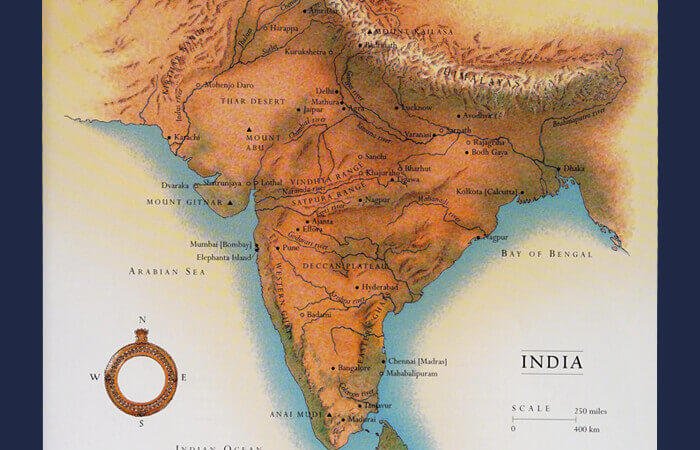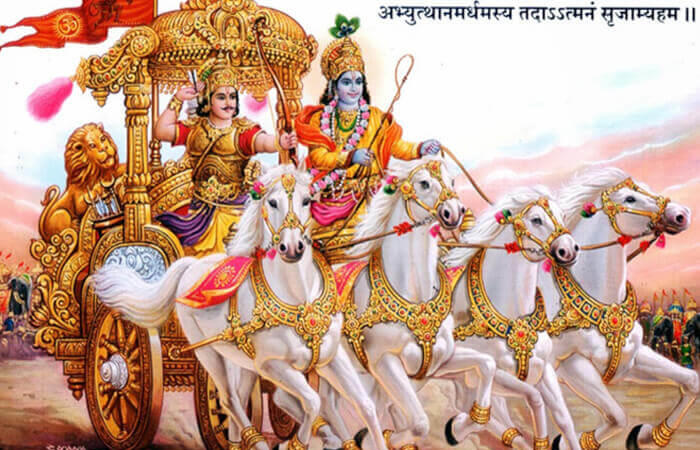Monsoon in India

The word “monsoon” is derived from the Arabic word for season, and the distinguishing attribute of the monsoonal regions of the world is considered to be the seasonal reversal in the direction of the wind.
Monsoons refer to a system of winds in the tropical regions under which the direction of winds is reversed completely between the summer and the winter seasons. Under this system, the winds blow from land to sea in winter and from sea to land in summer. Therefore, most of the rainfall in the regions influenced by the monsoons is received in the summer season while the winter season is generally dry.
Monsoon or rainy season in India, lasting from July to September. The season is dominated by the humid southwest summer monsoon, which slowly sweeps across the country beginning in late May or early June. Monsoon rains begin to recede from North India at the beginning of October. South India typically receives more rainfall.
Summer or pre-monsoon season, lasting from April to June (April to July in northwestern India). In western and southern regions, the hottest month is April; for northern regions of India, May is the hottest month. Temperatures average around 32–40 °C (90–104 °F) in most of the interior
Post-monsoon or autumn season, lasting from October to November. In the northwest of India, October and November are usually cloudless. Tamil Nadu receives most of its annual precipitation in the northeast monsoon season.
During June, the northwestern plains experience high temperatures around 45°C when areas of the Rajasthan desert record day temperatures around 55°C, while the temperatures around Gulmarg or Pahalgam in Kashmir are hardly around 20°C. Similarly, in the month of December, the people of Kargil or Dras (in Jammu & Kashmir) experience biting cold because the night temperatures drop to -40°C, while the inhabitants of Thiruvananthapuram experience temperatures around 27° C
The range of temperature increases as one moves away from coastal areas to interior parts of the country. As a result, the people living along Konkan and Malabar coasts do not experience extremes of temperatures or marked changes in seasons. On the other hand, people living in northwestern parts of India, experience sharp seasonal contrasts.
The diversity in rainfall distribution is equally striking. Mausimram, near Cherrapunji in Meghalaya, receives about 1080 cm of rainfall annually, while Jaisalmer in the desert of Rajasthan receives only 20 cm of annual rainfall. The northeastern parts and the coastal plains of Orissa and West Bengal experience spells of heavy rain during July and August while the Coromandel coast of Tamilnadu receives very meager rain during these months.
Suggested Read: India During Monsoon






